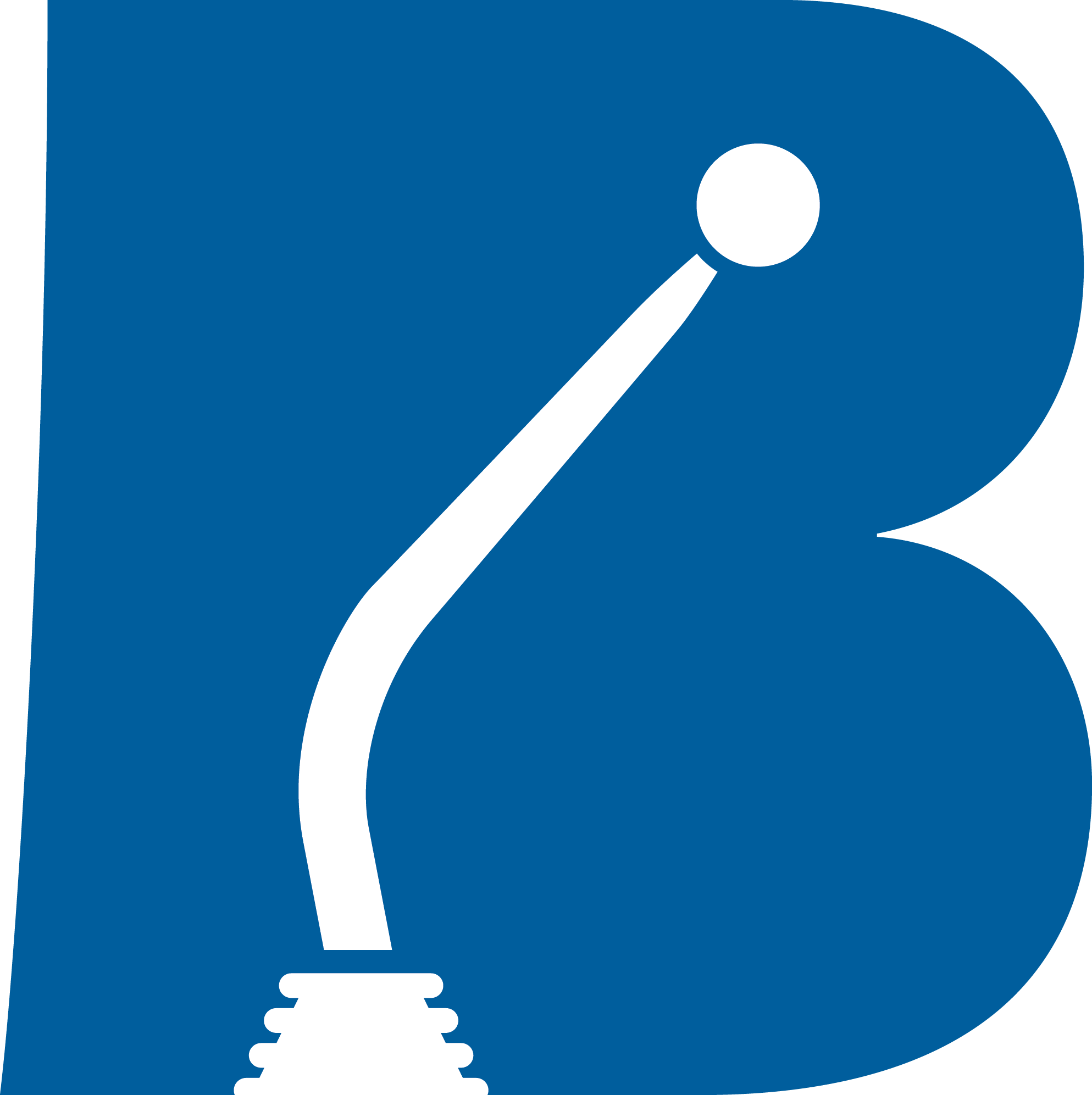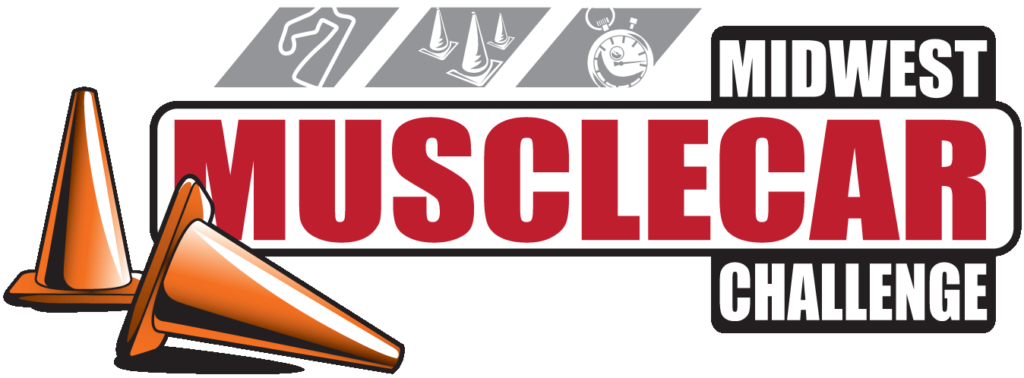In the never ending pursuit of horsepower we will stop at nothing to gain the upper hand. More fuel + more air = more power! With today’s fuel injected engines, it’s not hard to make a lot of horsepower and torque, but don’t forget that it’s just as important to back that engine up with a transmission capable of handling what you’re *actually* putting out. I know some of you are still doing the math based on the parts list: stock small block Chevy 190HP, better air filter + 20HP, carb spacer plate +15HP, better exhaust +40HP, better heads + 100HP, and before you know it you’ve got a 500HP monster on paper. Whereas, the engine dyno is the great equalizer in putting your real numbers down to figure out what’s at the crank driving your transmission. Even if you’ve ensured your transmission is up to the task of handling engine torque, there’s some real danger in hurting your transmission on a chassis dyno.
If you’re using a GM 700-R4, 4L60-E, or 4L80-E series of transmission in your project, and you’re going to be doing any chassis dyno tuning, we want to warn you about a potential failure point. The overdrive roller clutch on the 4L80-E and Input / Overrun sprag on the 700-R4 / 4L60-E. We’ve seen it happen many times: car gets strapped to the dyno, gear selector is put in the normal drive position, and off you go, until….. you don’t go anymore. The issue here isn’t about how well the transmission is built, but when it comes to a one way clutch failure, it’s due to how the transmission is engaging that clutch. In the correct scenario you will put your transmission into the 3rd gear position manually and make the dyno run from that position only. By doing this the valve body routes fluid differently and forces the overdrive roller clutch to engage with the direct clutch , keeping the overdrive roller clutch protected. When making a dyno pull with the transmission in the normal overdrive position, or full auto mode, the sprag / one way clutch is unprotected and subject to failure. This can happen even if you are electronically shifting the transmission into the 3rd gear. Commanding 3rd gear electronically doesn’t apply the overrun clutch to the direct clutch since the gear select lever is still in the overdrive position, thus not routing fluid through the valve body in the same way it does when placed into the 3rd gear manually. This same failure is common in a lot of snow plow/ salt spreader trucks due to the added stress on the OD roller clutch when the transmission is placed in the OD position while clearing a parking lot.

For this illustration we’ll look at the 4L80-E Transmission. Driving in the manual ranges while on the chassis dyno will back up the roller clutch with the overrun clutch. Unfortunately for 4L80-E drivers, if they select the OD range when they are making a dyno pull, the overrun clutch can’t come on to provide better holding power. In the OD range 1st through 3rd Gears of a factory 4L80-E, the OD roller clutch transmits torque to the ring gear of the forward drum, through the turbine shaft, OD planetary and sun gear of the overrun clutch drum (Figure 1).During a Dyno session, when Manual 3, 2 or 1 is selected, the overrun clutch drum is applied through a passage connected by the manual valve, which provides engine braking and also backs up the roller clutch, providing a stronger connection to the OD planetary driving the forward drum to help prevent failures.(Figure 2). Photo and text credit Sonnax


This issue doesn’t apply to many of the other automatics out there due to their architecture, and you’ll likely hear some folks talk about how a dyno pull in overdrive will load the engine more and ultimately produce more power. While all that is true, it is important to remember for these select GM transmissions to keep it in 3rd gear only to avoid failures. If you’re using any other automatic with overdrive proceed at your own risk. Even though there may not be an overrun clutch to fail, many automatic overdrive transmissions are not designed to support a full torque load in overdrive. The overdrive clutches in most automatics use a smaller surface area than the other lower gears, and can easily get overpowered during a dyno pull, causing damage to the clutch material.


